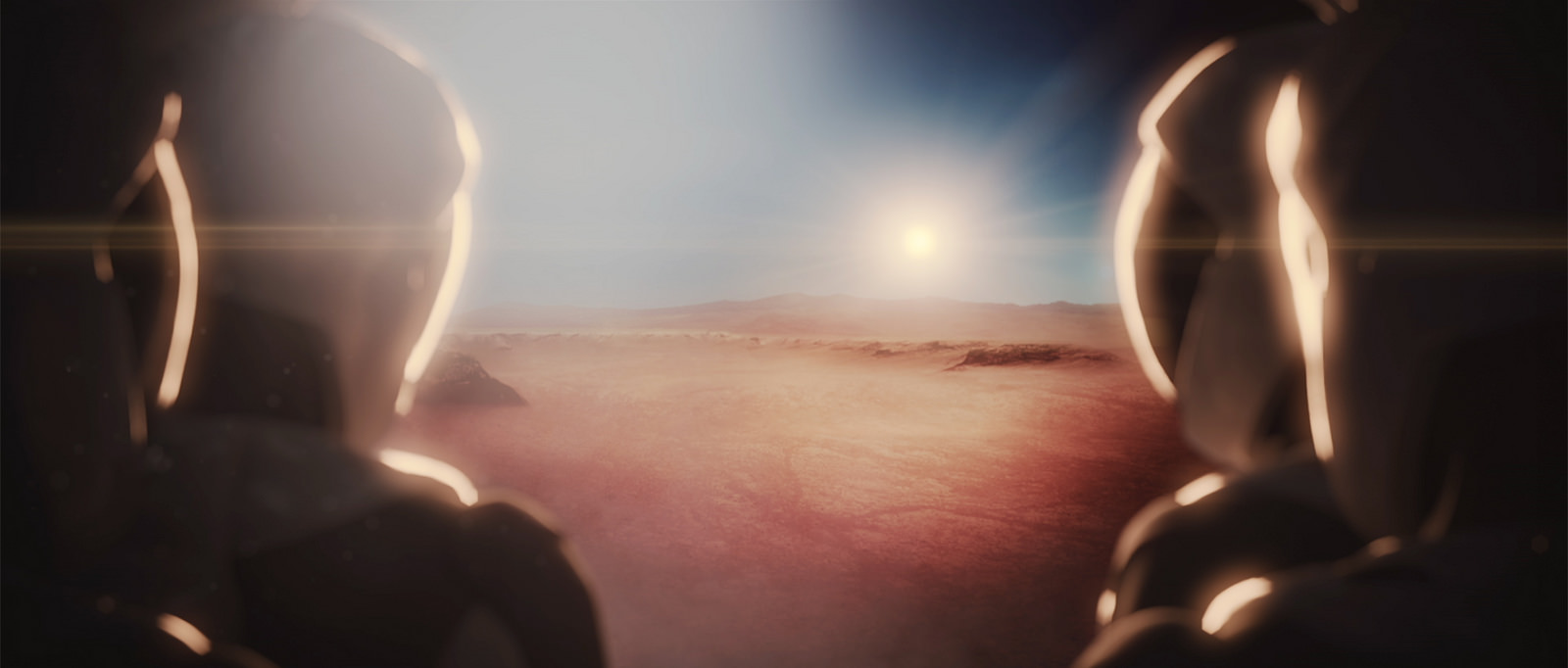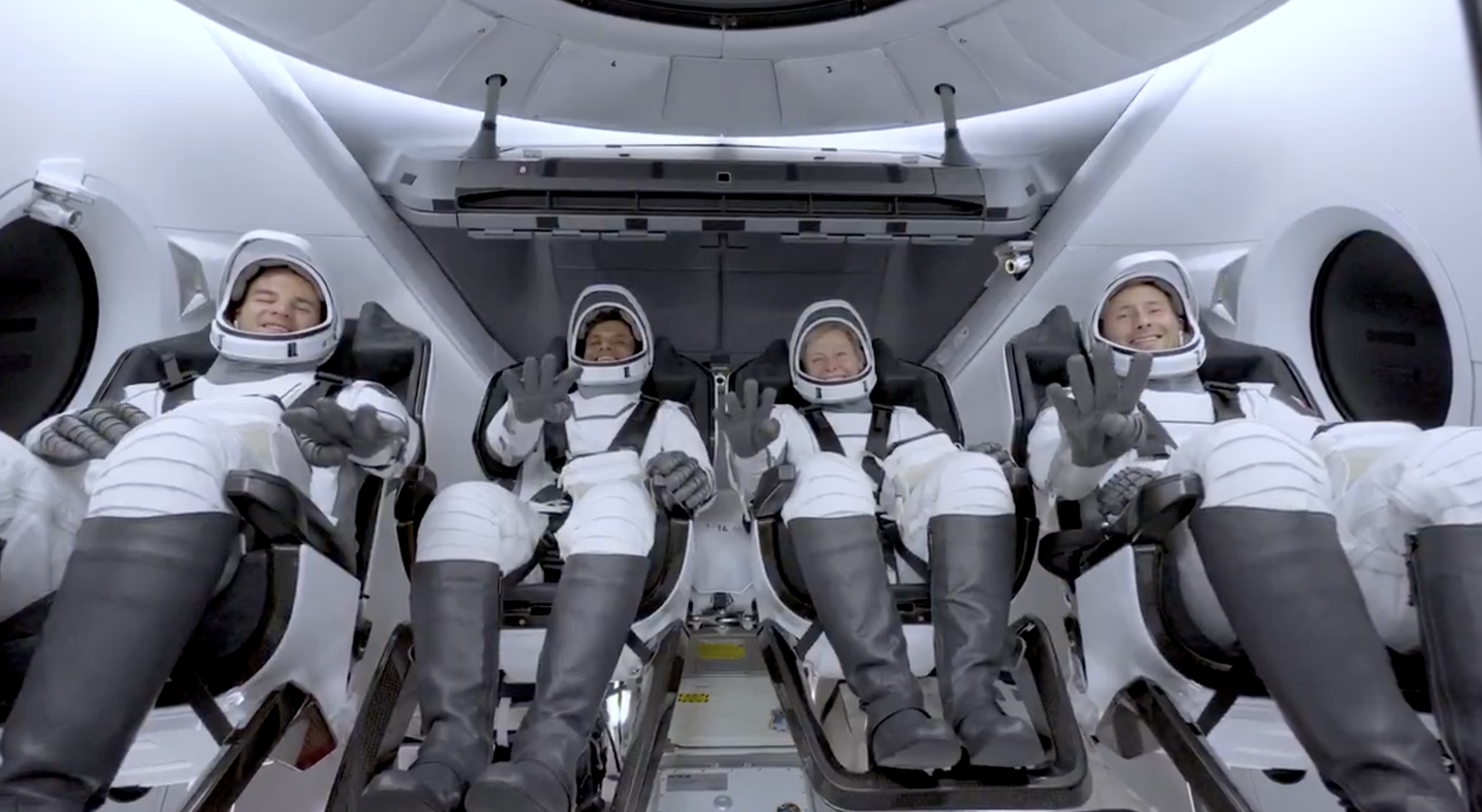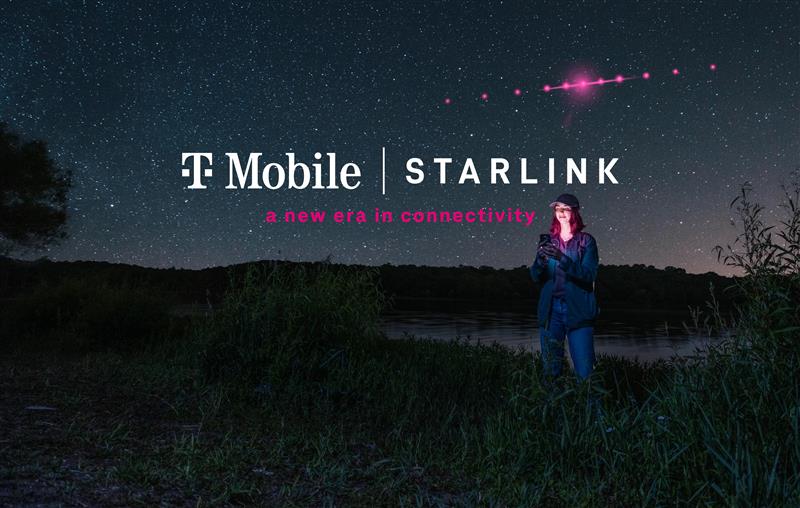SpaceX
Elon Musk has already “won” Mars by changing Boeing’s conversation

Boeing vs. SpaceX? Hmm.
In the Mel Brooks film, “Robin Hood: Men in Tights”, there’s an amusing scene wherein the Sheriff of Rottingham challenges Robin Hood to a duel after he and his men crash Prince John’s party. After uttering the challenge, the Sheriff proceeds to slap Robin across the face with his metro-sleek leather glove. In response, Robin picks up a heavy, metal-armored knight glove and whacks him across the face to accept.

Not a perfect metaphor, but close enough for our purposes. Credit: Web Summit, with clip art addition and filters.
I guess you see where I’m going with this. Now that I’ve introduced the topic visually…
Boeing Brings Out the (Leather) Mars Glove
When I saw headlines claiming that Boeing would “beat” SpaceX to Mars, I had two thoughts:
- Well isn’t that nice of Boeing to officially throw their hat in the ring after they helped take us to the moon? And…
- Wasn’t this the entire point of SpaceX’s push for Mars in the first place?
I definitely understand the need for competition to drive innovation among the general human population. I also certainly understand that it was the “space race” against the Soviets that took us to the moon, so overstating a competition is more PR move than reality; however, given the non-aggressive nature Elon has taken towards developing the technology to get us to the elusive red planet (i.e., more focused on getting us there than saying much about the competition), I was expecting to have missed something from SpaceX judging by the sudden grandiose claims. Did I overlook a Google Alert on something Elon said that caused Boeing to bite back?
Er, okay. Maybe Elon’s prior non-complimentary remarks on Boeing’s approach to surface landing wasn’t given or received in the most cooperative spirit. Technology designers are allowed to disagree, right? I’m sure the comment only helped fuel the fires of speculation. That, along with the fact that we are a tabloid-minded species that likes to understand the world through the lens of “us vs. them”, and we see boxing-style headlines on the Mars missions rather than the shoulder shrug, head-nod variety of mutual goal pursuit.
Alternatively, the Boeing step-up could have just been a result of their new guy (CEO/Chairman/President) at the helm. Along with an engineering background and having spent his entire career at Boeing, Dennis Muilenburg actually has some spunk. He seems like a cool dude, pretty inspired by Boeing’s history, confident in its future, and quite honestly, I wish he would don a long-haired wig and give us a Zaphod Beeblebrox number for Halloween. Seriously. Watch his recent AtlanticLIVE interview, and then watch Hitchhiker’s Guide to the Galaxy (2005). You’ll see what I mean (at 1:51 specifically). That’s got to be a winning combination, no?
[P.S. I am in no way implying that you are not allowed to have a full brain to be the head of Boeing.]
Elon Has Already “Won” Mars
In terms of accomplishment (and his own standards), Elon has already done what he set out to do with SpaceX originally. With an anticipated success rate of “less than 10%” for the company, he was already okay with the company closing up shop after a good try in the hopes that someone else would “pick up the baton”. Getting a 100-year old curmudgeon tech company on the bandwagon for interplanetary travel? That’s a “win” right there if I’ve ever seen one.

The best part about all of this Mars chatter? It’s officially moved into the zone of potential realities. Where Mars habitation was only the stuff of science fiction in the past, now “…success is one of the possible outcomes,” to quote Elon’s exact words.
Considering all the considerables (including Elon’s own mention of multiple companies heading for Mars being a good thing), there really isn’t a big race for Boeing to chomp at here. Whether SpaceX is first with Falcon Heavy or Boeing gets there with its Space Launch System, everybody wins. #teamHuman
Of course, I think having coffee shops and movie theaters for the journey is way more awesome than an oversized capsule, but until I have some $200k in pocket cash for a ticket, that’s none of my business.
Onwards.
News
SpaceX’s Crew-11 mission targets July 31 launch amid tight ISS schedule
The flight will lift off from Launch Complex 39A at Kennedy Space Center in Florida.

NASA and SpaceX are targeting July 31 for the launch of Crew-11, the next crewed mission to the International Space Station (ISS). The flight will lift off from Launch Complex 39A at Kennedy Space Center in Florida, using the Crew Dragon Endeavour and a Falcon 9 booster.
Crew Dragon Endeavour returns
Crew-11 will be the sixth flight for Endeavour, making it SpaceX’s most experienced crew vehicle to date. According to SpaceX’s director of Dragon mission management, Sarah Walker, Endeavour has already carried 18 astronauts representing eight countries since its first mission with NASA’s Bob Behnken and Doug Hurley in 2020, as noted in an MSN report.
“This Dragon spacecraft has successfully flown 18 crew members representing eight countries to space already, starting with (NASA astronauts) Bob (Behnken) and Doug (Hurley) in 2020, when it returned human spaceflight capabilities to the United States for the first time since the shuttle retired in July of 2011,” Walker said.
For this mission, Endeavour will debut SpaceX’s upgraded drogue 3.1 parachutes, designed to further enhance reentry safety. The parachutes are part of SpaceX’s ongoing improvements to its human-rated spacecraft, and Crew-11 will serve as their first operational test.
The Falcon 9 booster supporting this launch is core B1094, which has launched in two previous Starlink missions, as well as the private Ax-4 mission on June 25, as noted in a Space.com report.
The four-members of Crew-11 are NASA astronauts Zena Cardman and Mike Fincke, as well as Japan’s Kimiya Yui and Russia’s Oleg Platonov.
Tight launch timing
Crew-11 is slated to arrive at the ISS just as NASA coordinates a sequence of missions, including the departure of Crew-10 and the arrival of SpaceX’s CRS-33 mission. NASA’s Bill Spetch emphasized the need for careful planning amid limited launch resources, noting the importance of maintaining station altitude and resupply cadence.
“Providing multiple methods for us to maintain the station altitude is critically important as we continue to operate and get the most use out of our limited launch resources that we do have. We’re really looking forward to demonstrating that capability with (CRS-33) showing up after we get through the Crew-11 and Crew-10 handover,” Spetch stated.
News
SpaceX launches Ax-4 mission to the ISS with international crew
The SpaceX Falcon 9 launched Axiom’s Ax-4 mission to ISS. Ax-4 crew will conduct 60+ science experiments during a 14-day stay on the ISS.

SpaceX launched the Falcon 9 rocket kickstarting Axiom Space’s Ax-4 mission to the International Space Station (ISS). Axiom’s Ax-4 mission is led by a historic international crew and lifted off from Kennedy Space Center’s Launch Complex 39A at 2:31 a.m. ET on June 25, 2025.
The Ax-4 crew is set to dock with the ISS around 7 a.m. ET on Thursday, June 26, 2025. Axiom Space, a Houston-based commercial space company, coordinated the mission with SpaceX for transportation and NASA for ISS access, with support from the European Space Agency and the astronauts’ governments.
The Ax-4 mission marks a milestone in global space collaboration. The Ax-4 crew, commanded by U.S. astronaut Peggy Whitson, includes Shubhanshu Shukla from India as the pilot, alongside mission specialists Sławosz Uznański-Wiśniewski from Poland and Tibor Kapu from Hungary.
“The trip marks the return to human spaceflight for those countries — their first government-sponsored flights in more than 40 years,” Axiom noted.
Shukla’s participation aligns with India’s Gaganyaan program planned for 2027. He is the first Indian astronaut to visit the ISS since Rakesh Sharma in 1984.
Axiom’s Ax-4 mission marks SpaceX’s 18th human spaceflight. The mission employs a Crew Dragon capsule atop a Falcon 9 rocket, designed with a launch escape system and “two-fault tolerant” for enhanced safety. The Axiom mission faced a few delays due to weather, a Falcon 9 leak, and an ISS Zvezda module leak investigation by NASA and Roscosmos before the recent successful launch.
As the crew prepares to execute its scientific objectives, SpaceX’s Ax-4 mission paves the way for a new era of inclusive space research, inspiring future generations and solidifying collaborative ties in the cosmos. During the Ax-4 crew’s 14-day stay in the ISS, the astronauts will conduct nearly 60 experiments.
“We’ll be conducting research that spans biology, material, and physical sciences as well as technology demonstrations,” said Whitson. “We’ll also be engaging with students around the world, sharing our experience and inspiring the next generation of explorers.”
SpaceX’s Ax-4 mission highlights Axiom’s role in advancing commercial spaceflight and fostering international partnerships. The mission strengthens global space exploration efforts by enabling historic spaceflight returns for India, Poland, and Hungary.
News
Starlink Cellular’s T-Mobile service to grow with third-party app data
From Oct 2025, T-Satellite will enable third-party apps in dead zones! WhatsApp, X, AccuWeather + more coming soon.

Starlink Cellular’s T-Mobile service will expand with third-party app data support starting in October, enhancing connectivity in cellular dead zones.
T-Mobile’s T-Satellite, supported by Starlink, launches officially on July 23. Following its launch, T-Mobile’s Starlink Cellular service will enable data access for third-party apps like WhatsApp, X, Google, Apple, AccuWeather, and AllTrails on October 1, 2025.
T-Mobile’s Starlink Cellular is currently in free beta. T-Satellite will add MMS support for Android phones on July 23, with iPhone support to follow. MMS support allows users to send images and audio clips alongside texts. By October, T-Mobile will extend emergency texting to all mobile users with compatible phones, beyond just T-Mobile customers, building on its existing 911 texting capability. The carrier also provides developer tools to help app makers integrate their software with T-Satellite’s data service, with plans to grow the supported app list.
T-Mobile announced these updates during an event celebrating an Ookla award naming it the best U.S. phone network, a remarkable turnaround from its last-place ranking a decade ago.
“We not only dream about going from worst to best, we actually do it. We’re a good two years ahead of Verizon and AT&T, and I believe that lead is going to grow,” said T-Mobile’s Chief Operating Officer Srini Gopalan.
T-Mobile unveiled two promotions for its Starlink Cellular services to attract new subscribers. A free DoorDash DashPass membership, valued at $10/month, will be included with popular plans like Experience Beyond and Experience More, offering reduced delivery and service fees. Meanwhile, the Easy Upgrade promotion targets Verizon customers by paying off their phone balances and providing flagship devices like the iPhone 16, Galaxy S25, or Pixel 9.
T-Mobile’s collaboration with SpaceX’s Starlink Cellular leverages orbiting satellites to deliver connectivity where traditional networks fail, particularly in remote areas. Supporting third-party apps underscores T-Mobile’s commitment to enhancing user experiences through innovative partnerships. As T-Satellite’s capabilities grow, including broader app integration and emergency access, T-Mobile is poised to strengthen its lead in the U.S. wireless market.
By combining Starlink’s satellite technology with strategic promotions, T-Mobile is redefining mobile connectivity. The upcoming third-party app data support and official T-Satellite launch mark a significant step toward seamless communication, positioning T-Mobile as a trailblazer in next-generation wireless services.
-

 Elon Musk2 weeks ago
Elon Musk2 weeks agoTesla investors will be shocked by Jim Cramer’s latest assessment
-

 Elon Musk3 days ago
Elon Musk3 days agoxAI launches Grok 4 with new $300/month SuperGrok Heavy subscription
-

 Elon Musk5 days ago
Elon Musk5 days agoElon Musk confirms Grok 4 launch on July 9 with livestream event
-

 News1 week ago
News1 week agoTesla Model 3 ranks as the safest new car in Europe for 2025, per Euro NCAP tests
-

 Elon Musk1 week ago
Elon Musk1 week agoxAI’s Memphis data center receives air permit despite community criticism
-

 News2 weeks ago
News2 weeks agoXiaomi CEO congratulates Tesla on first FSD delivery: “We have to continue learning!”
-

 News2 weeks ago
News2 weeks agoTesla sees explosive sales growth in UK, Spain, and Netherlands in June
-

 Elon Musk2 weeks ago
Elon Musk2 weeks agoTesla scrambles after Musk sidekick exit, CEO takes over sales














